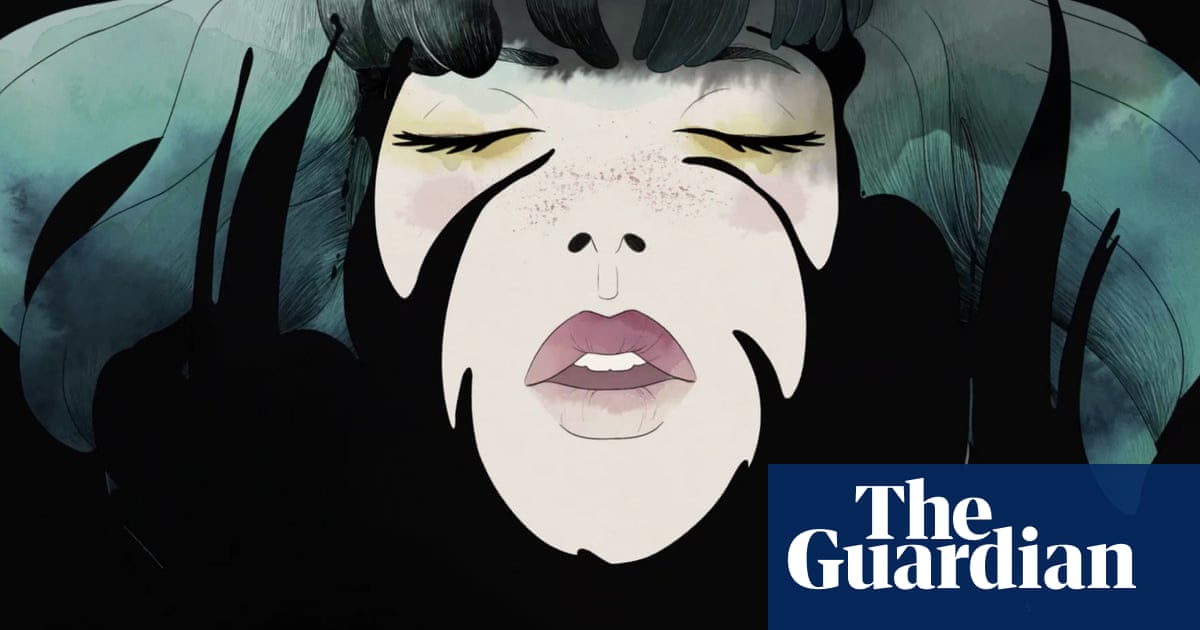
The world has never been more online. That statement used to be thrown around with wide-eyed optimism. Now, in the midst of a pandemic, it’s an uncomfortable fact of life.
Office workers are spending endless hours on Zoom, artists are streaming work on Facebook Live, and formerly real-world service industry providers such as trainers and hairdressers are uploading their skills to YouTube and Instagram. But online video doesn’t come naturally to everybody. We asked three pros for advice to anyone getting started.
Keep it snappy
Derek Laney, head of solutions and product marketing at Salesforce, says that “whenever you’re doing something online, you need to be thinking in a different way”.
Laney runs webinars and other online events for the customer-relationship management business. His main tips for what works for online: get straight to the point, keep it short and shake things up where possible. “The standard for online is 20 minutes or less,” he says. “Ten minutes is better. If you can do it in a two-minute explainer, that’s even better.”
If you simply need more time, think about cutting it up into chunks. “You could do a 10-minute presentation, then a 10-minute workshop, then a 10-minute Q&A … It’s like a teacher in a classroom. A good teacher doesn’t talk at their students for an hour.”
You don’t need a fancy camera
The good news is it’s easy to get started. YouTube star Josiah “Jazza” Brooks, whose art tutorials have amassed 5m subscribers, says “your phone is absolutely enough!”
“The great thing about your phone is … if you’re in a poorly lit environment, it will detect where your face is and bring you out. A DSLR can’t do that. They rely on you setting it up.”
You’ve also got to make some basic decisions about where the video is going. Comedian and YouTuber Natalie Tran says: “If you’re uploading on a site [like Facebook or YouTube, rather than posting live stories] it’s probably best to film in 16x9 [landscape], otherwise you end up with blank space around the video.”
Sound is everything (but lighting helps)
“People hate bad audio a lot more than they hate bad visuals,” Brooks says. “Get yourself a decent microphone – you can get something great for $20 – then test it and fine-tune it.” Trial which room of your house creates the best sound and how far away the mic should be. If you have to move around a lot for the video, wireless earbuds are also a good alternative.
“As long as your sound is good, you can at least get your message across,” says Tran. “If you can see what’s happening on screen because of good lighting, even better. You’ve nailed it. Five stars.”
The trick with lighting is to put the camera in front of a light source – like a window or a lamp. “When you have light behind you, it tends to silhouette your face. You can, however, look like an angel when light is behind you so you win some, you lose some.”
Look right down the lens
“There’s nothing worse than watching a presentation where someone’s looking at their slides and you have to watch their bald spot,” says Laney. Also bad: checking yourself out the whole time in the camera. “You really need to look right down the lens … You need to reach through the lens, to make a real personal connection with someone on the other side.”
If you’re having way too much trouble with this, an alternative is a “fireside chat”, where you have a couple of people in frame talking and occasionally turning to the camera to address the viewer. “Then the audience feels like the third person in the conversation,” Laney says.
Don’t be so hard on yourself
Being on camera is hard for everyone at first. “Try not to be too critical of yourself while filming or watching back what you’ve filmed,” Tran says. “It can be hard and uncomfortable, I know. But be nice to yourself.”
“If you do it and do it and do it, it becomes comfortable,” Brooks adds. “[You have to] get comfortable making mistakes”. Remember: the videos you’re comparing yourself to are someone else’s final cut – it’s probably only 10% of what they originally recorded. “I stuff up all the bloody time, I’m just used to it!”
Consistency is key
If you’re trying to build an audience from scratch, it’s going to be tough. “You’ve got to be ready to make content for years and years with no audience. You have to prove yourself through the fires of the internet.”
The key is consistency, Brooks says. “I’m going to pass a billion views this year and I’ve never had a viral video. I’ve done over 11,000 videos over eight years … It’s all about providing content people want, doing it because it’s something you’re passionate about and making sure that carries through – and being really bloody persistent.”
Practise being authentic
It sounds counterintuitive, but it takes practice to be yourself on camera. So many people snap into “presenter” mode or cramp up. “You’re not practising for King Lear,” Laney says. “You’re trying to make it approachable: it’s you on a good day. That’s what you’re after.” A handy way of practising is to first do more video calls with family and friends.
Think of a video as a conversation with a friend, Brooks says. “People tune in to people online because they feel a connection. It’s just about being honest.”












